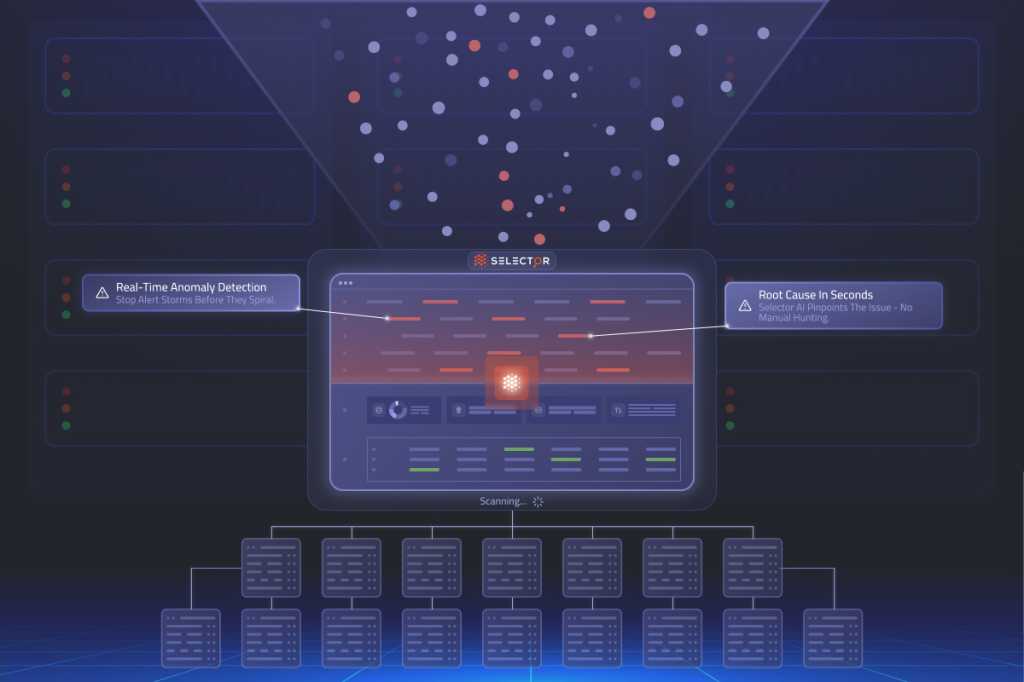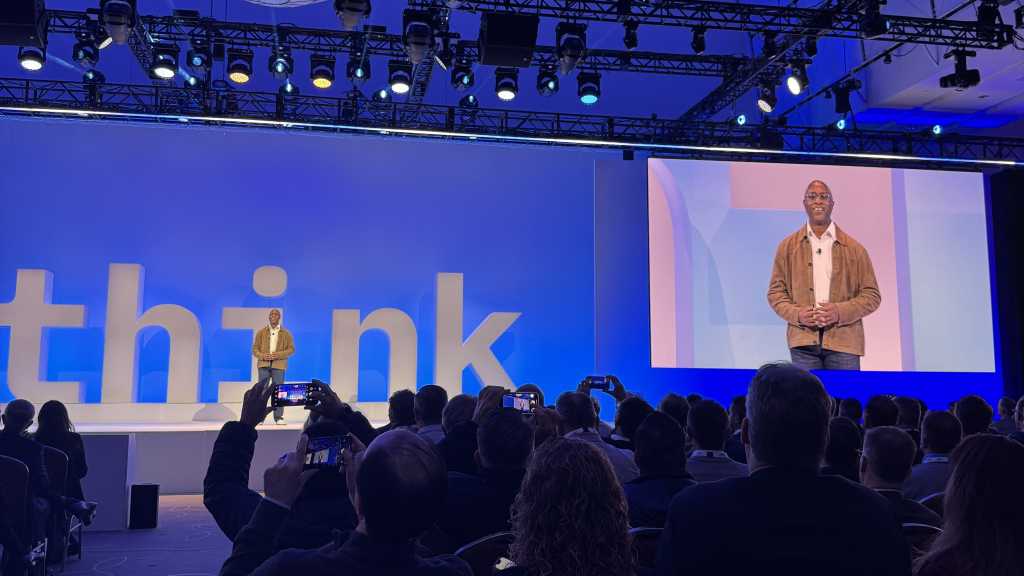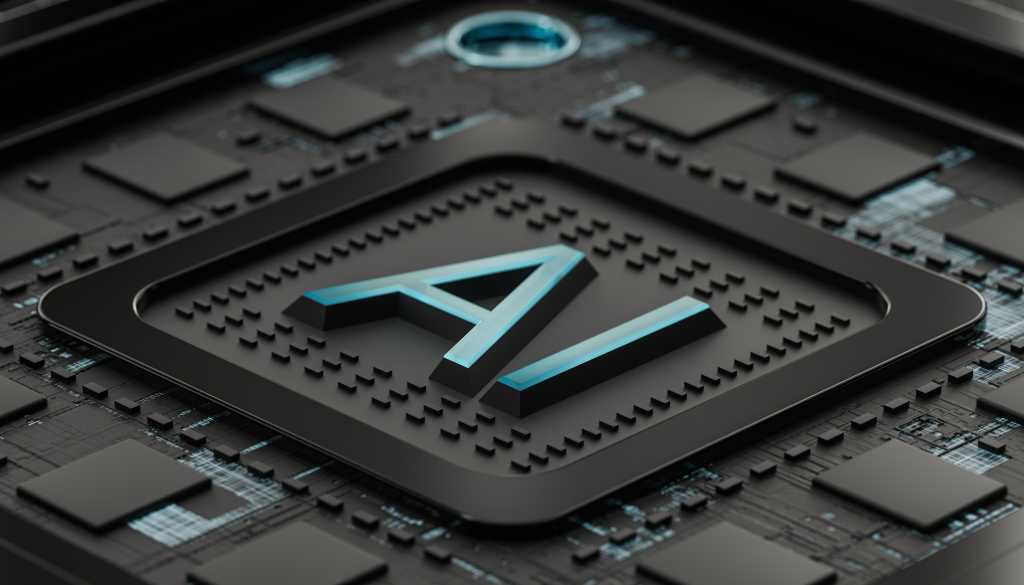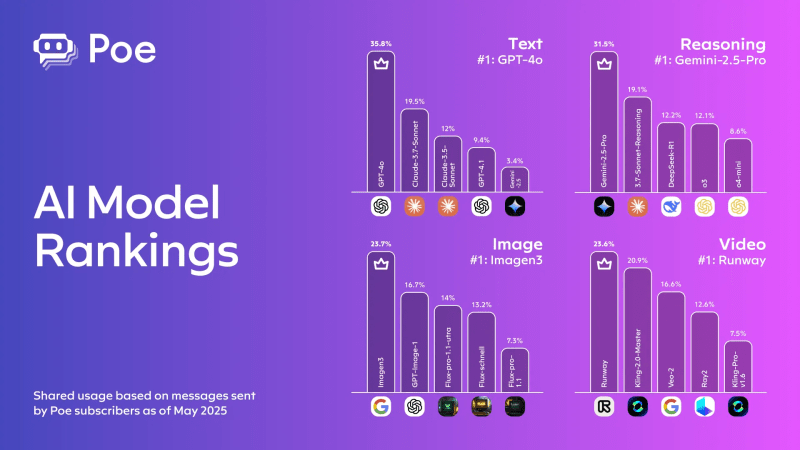Join our daily and weekly newsletters for the latest updates and exclusive content on industry-leading AI coverage. Learn More
Anthropic released Model Context Protocol (MCP) in Nov. 2024. In its seven months of existence, MCP seems to have become the winning protocol choice for the AI industry. Despite the number of companies announcing MCP servers, MCP is technically not a standard.
Enterprises that set up MCP servers believe that establishing the infrastructure for interoperability should start now. Many see MCP as one of the main protocols, if not the potential winner, for the agentic ecosystem.
MCP is one of the few protocols that have emerged as a way for agents built using one language model or framework to interact with an agent on a different framework. The idea behind MCP and other protocols like Agent2Agent from Google and its partners, AGNTCY from Cisco and a collective of companies, and from independent research groups like LOKA, is to find and establish an interoperability standard that everyone follows.
“My take on the real reason why interoperability and tool use has really emerged in the last six months or so is because, just like with the cell phone or with anything else, I think we’re finally reaching a critical level of capability that the LLMs have to use these tools effectively,” said Jeff Wang, cofounder of AI-powered web search API company Exa, in an interview with VentureBeat.
He added that interoperability is having a moment now because models and tools that it will govern are finally powerful — and useful — enough that it’s easier to begin building ways to connect.
In the past few months, companies like OpenAI, Glean, MongoDB, Cloudflare, PayPal, Wix and Amazon Web Services have either opened MCP servers or created some integration with the protocol. And the list is growing.
MCP vs APIs
A lot of MCP’s attractiveness comes from streamlining how models interact with data and tools. Before MCP, developers pointed models and agents to data with APIs.
However, APIs are imperfect connectors, especially for agents that access data to complete tasks automatically.
Ben Flast, director of product at MongoDB, said MCP provides a lot more control and granularity for organizations and agents.
“That’s the really powerful thing about MCP,” Flast said. “You take MCP and put it on top of whatever context you have, then you now have a very fine-grained method with which you can control and expose the capabilities you need.”
Unlike APIs, organizations can configure their MCP servers with custom instructions laying out what agents can or cannot access. The server can “ask” an agent for its identity and determine if it can tap information on the MCP client side. Companies have more of a say on what outside agents can access on their end, giving MCP more directionality from the enterprise.
Sagar Batchu, co-founder and CEO of AI company Speakeasy AI, said MCP transforms the work interface and API to a chat interface. He said MCP makes it so Speakeasy and its customers don’t need to rewrite or manually maintain APIs constantly.
“It’s very natural for Speakeasy to go build out MCP support and let customers actually build good MCP servers. MCP servers, the better built they are, the better they work,” he said.
The industry is moving toward MCP
AI announcements fall into three buckets: new models, launching AI agents or agent libraries, and now, MCP server support. Companies say this is a sign that the industry might be choosing a winner.
Yaniv Even Haim, chief technology officer of website builder Wix, told VentureBeat in an email that MCP aligns with the company’s goals because it believes MCP can act as a “bridge” for its AI development workflows.
“Wix chose the MCP model in particular because it aligns with the industry’s shift toward LLM-powered development, where context-rich, intelligent interfaces are key,” Haim said.
He said Wix’s MCP server “empowers users to interact with Wix through tools like Claude, Cursor, and Windsurf, directly from IDEs or chat interfaces.”
If there’s doubt that MCP, and to a certain extent A2A, is being embraced by the industry, these may be erased by the embrace of large companies of the protocols. Microsoft CEO Satya Nadella, for example, endorsed both in an X post saying, “Open protocols like A2A and MCP are key to enabling the agentic web.” Google CEO Sundar Pichai similarly gave MCP enthusiastic approval.
Understandably, some companies exercise caution and wait slightly longer before building an MCP server. Rocket Companies CTO Shawn Malotra told VentureBeat that they see the potential of interoperability standards and are building infrastructure to support them. However, Malotra plans to wait for more critical mass before fully embracing MCP or other protocols.
“We do believe that this notion of a standard way to expose tools to agents is a really powerful paradigm. So things like MCP will allow us to yield even more benefit in the future,” Malotra said. “We are internally experimenting with and have MCP-server-based exposure of tools that I think it’s just a matter of time before those things get into production.”
There might be multiple standards at first
Companies like Exa, Confluent, Merge and others are all in on MCP, but they also understand that some customers may be using other protocols for agent communication.
For many companies, MCP will be one of many protocols they support as their customers decide which interoperability and agent communication methods to use.
Other companies said they find value in running protocols targeting different agentic technology stack levels. Walter Sun, SAP global head of Business AI, said: “There are obviously many opportunities and many levels of communication, and I think that having a top-level agent-to-agent liaison communication.”
Undoubtedly, the agentic ecosystem will have interoperability standards, which could be coming soon. The growing adoption of MCP, for the varied reasons many companies have, proves that demand for standards is only growing.
Daily insights on business use cases with VB Daily
If you want to impress your boss, VB Daily has you covered. We give you the inside scoop on what companies are doing with generative AI, from regulatory shifts to practical deployments, so you can share insights for maximum ROI.
Read our Privacy Policy
Thanks for subscribing. Check out more VB newsletters here.
An error occured.




















